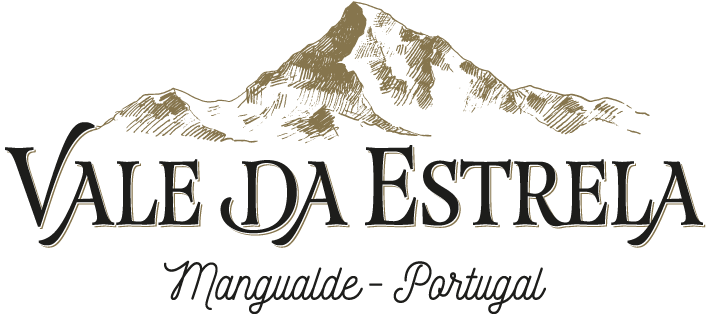EASTER: BREAD, WINE AND CHESSE… PERSPECTIVES

On the 12th of April, Jews and Christians will celebrate the solemnity of Easter. Even today, Jews refer to the feast by its original name: “Pesach”, of Hebrew origin, which means “passage” and gave rise, among others, to the word “Pascoa” (Easter) in Portuguese.
The Jewish Passover is a festival that commemorates and remembers the passage of the Israeli people from slavery in Egypt to the liberation of the Promised Land, through the crossing of the Red Sea. In this sense, Christian Easter is also associated with the idea of “passage” from death to life.
Jews and Christians celebrated Easter on the same day until the mid-4th century. But the Gentiles (the new converts to Christianity in Europe and the Middle East) began to claim that the meaning of the feast was different and, therefore, they should celebrate it on a different day.
In the year 325, Emperor Constantine the Great convened the Council of Nicaea. Unanimously, the Catholic Church agreed to celebrate the resurrection of Jesus on the first Sunday after the first full moon that occurred after the day of the equinox – the name given to the time of year when day and night are of the same length in all countries – spring in the northern hemisphere and autumn in the southern hemisphere.
Easter is such an important solemnity that one day is just not enough to celebrate it. For this reason, Jews and Christians take eight days to celebrate, respectively, the passage from captivity to freedom and from death to life.
Christians mark Holy Week with special masses such as the washing of the feet on Thursday and the Burial of the Lord procession on Friday, a day when many faithful avoid eating red meat out of respect for Christ’s death. This is an event that culminates with participation in the solemn Mass on Easter Sunday and communion with the body of Christ in the form of the Christian host.
Jews, on the other hand, during Passover, eat bitter herbs to remember the bitterness of slavery, but they also drink wine to remember the sweetness of freedom. A delicacy that cannot be missed at the table is unleavened bread, made only of wheat and water, without yeast, known as “matzah”, symbol of the haste of the Hebrew people to escape slavery in Egypt.
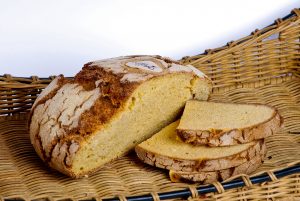
Bread Museum
Thus, bread, in addition to being a food rich in nutritional terms, a source of energy and satiety, is also a spiritual food, with an important religious symbolic meaning, which is manifested daily in any part of the world and specially at this time of year.
Like bread, Man’s oldest and most faithful companion, cheese also reveals itself as an indisputable companion of human evolution since the remote domestication of animals. It is also unavoidable in the realization of its food and symbolic value, rooted in many peoples and cultures. It appears, for example, mentioned in the “Bible” and placed with a similar value, next to bread and candial wheat (a variety of wheat, whose flour is very white), as a welcome gift.
The Greek physician Hippocrates, in 450 BC, said about cheese: “You are strong, because you are close to the origin of the creature. You are nutritious, because you keep the best of milk. You are hot because you are fat.”
Cheese when accompanied with bread is an almost complete food, widely used by the working classes, from North to South of Portugal and the Madeira and Azores Archipelagos, but also widely consumed by the middle and wealthy classes, mainly at the beginning or end of meals.
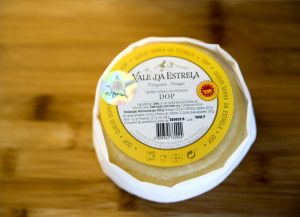
Vale da Estrela Cheese
Like bread, cheese is a mandatory presence at the table of most Portuguese families, especially at events that bring the family together in healthy conviviality, such as the Easter season.
As for the Queijo da Serra da Estrela, it is a delicacy with more than two thousand years, known since Roman times (1st century AD). Its paste is based on the pure milk of the woolly and lazy Bordaleiras sheep, and stands out for being fine, velvety and for having a light flavor of field herbs and a scent of fresh cream, which makes it unique in Europe and, easily recognizable in any corner of the world
The Bread Museum, present in Seia since 2002, has been, throughout this time, a driving force in the development of the region in which it is located, Serra da Estrela.
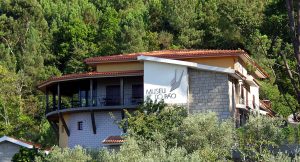
Bread Museum
The material and immaterial heritage of the communities, with their customs and traditions, do not let part of their identity disappear, because it was and is always present in the museum and gastronomic space that visitors can enjoy at the Bread Museum.
Through the bread cycle, visitors perceive the intrinsic value of this food that beautifies the fraternity’s table and nourishes the daily work of human beings. Product of the sweat of men and women, bread is the food that, over the centuries, builds bonds of fraternity, strengthens relationships and recreates knowledge and traditions that span generations.
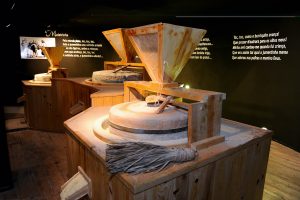
Bread Museum
Visitors are invited to live, through the four rooms that are part of the museum, their personal and collective experiences, to taste regional products and to value the best and most genuine that our ancestors left us as a legacy. Bread and cheese are part of the table of life, which we celebrate at Easter as true products of Mother Earth, source of life.
Easter, bread and cheese help to build the table of fraternity and to become aware that life grows and develops like yeast, from small gestures, present throughout the bread cycle and in the making of cheese.
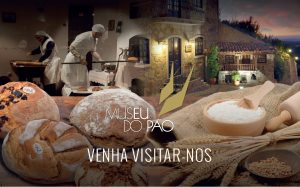 Bibliographic references:
Bibliographic references:
Caetano, Paulo e Vasco, Rui, Da Terra – Doze viagens pelos caminhos da tradição, IDRHa (Instituto de Desenvolvimento Rural e Hidráulica), Má Criação, 2005
Barboff, M., A Tradição do Pão em Portugal, CTT, 2011
Oliveira Bello, António Maria de, Culinária Portuguesa, Assírio & Alvim, Edição 372, Novembro de 1994
VIP, Alimentos com História – Volume 1, Impala Editores, S.A., 2005
